In recent days, Thai Nguyen has experienced unprecedented heavy rain and flooding. The maximum rainfall measured in the province reached over 560mm in just two days, October 6-7, causing Thai Nguyen city to be submerged in water, paralyzing traffic, forcing thousands of households to evacuate urgently, and many people to die.
According to Associate Professor Dr. Vu Thanh Ca - Senior Lecturer, Faculty of Environment, University of Natural Resources and Environment, this serious flooding phenomenon is not only due to unusually heavy rain but also originates from a series of overlapping natural and human factors - a "warning bell" about the resilience of mountainous urban areas in the context of increasingly extreme climate change.
Steep terrain and weak drainage system cause water to accumulate quickly and drain slowly.
According to Associate Professor Dr. Vu Thanh Ca, Cau River - the main river flowing through Thai Nguyen - originates from the mountainous area of Bac Kan , with steep terrain and flows along winding canyons.
“Water flows down the mountain slopes very quickly, but the drainage process is slow. When it rains heavily, the flow rushes downstream, causing the river level to rise in just a few hours,” Mr. Ca analyzed.
Thai Nguyen City is located right next to the Cau River, and the urban drainage system is designed according to the principle of self-flowing - that is, rainwater in the inner city flows into the river. However, this system does not have a valve to prevent backflow, because the locality previously believed that the water level in the city was often higher than the river. "When it rains heavily, the water level of the Cau River rises, the flow reverses, causing water from the river to overflow into the inner city," said Mr. Ca.
Not only that, the city only has dikes in some sections. Many areas in Thai Nguyen do not have dikes or due to reverse flow of the drainage system, the existing dike system cannot function.
Meanwhile, water from the surrounding mountains continued to pour in, making the city appear to be in a "sunken pan", flooded deeper and deeper.
Another feature that makes the situation more serious is the huge amount of mud that flows into the city with the water flow. “Heavy rain erodes the soil from the mountains, the Cau River water flows through the fields carrying mud and sand, causing Thai Nguyen to be not only flooded but also muddy,” Associate Professor Dr. Vu Thanh Ca commented.
According to experts, climate change is causing a significant increase in the frequency and intensity of heavy rains. “Increasing sea surface temperatures cause more evaporation. Condensation of water vapor creates rain, which also releases a lot of heat – the driving force behind storms and extreme rains. As the sea gets warmer, storms get stronger and rain gets more intense,” he explained.
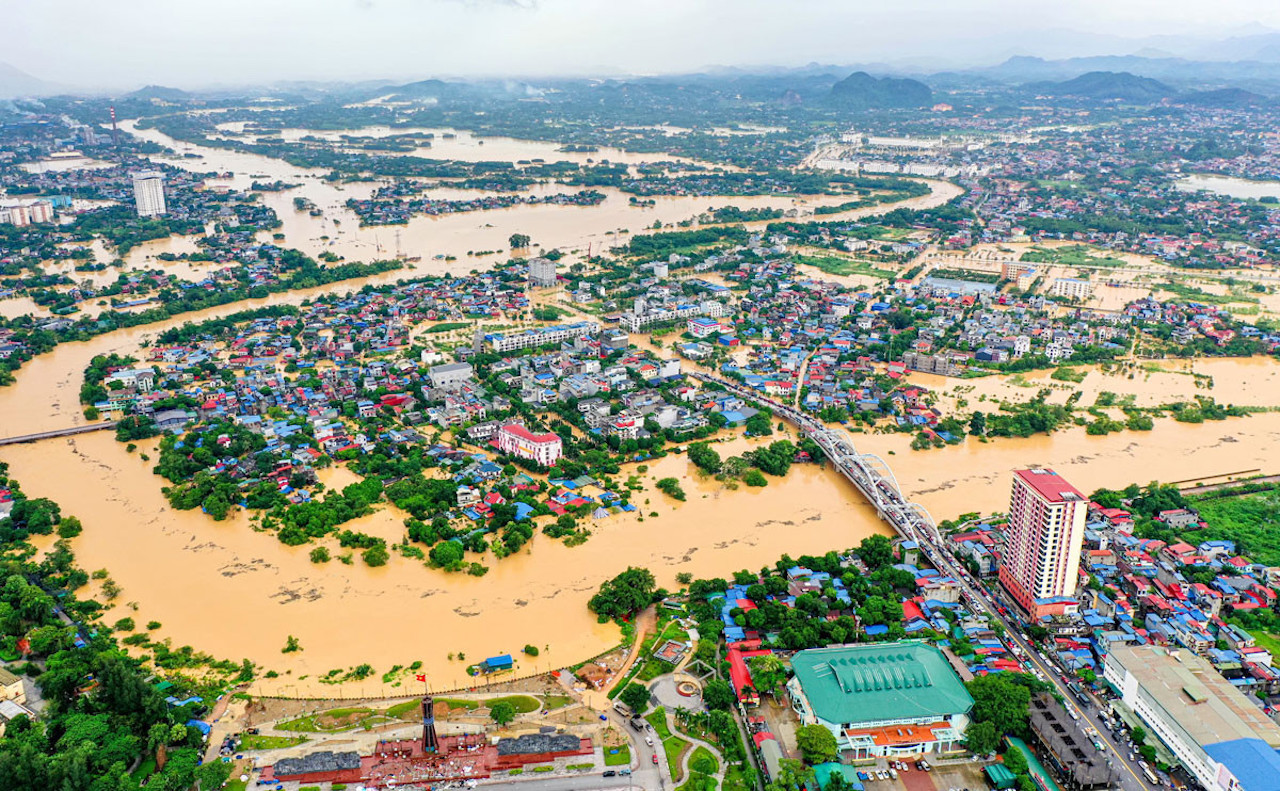
After heavy rain, the entire city of Thai Nguyen was submerged in water. Photo: Bao Khanh
Meanwhile, the dike system in the Northern Delta, including the Cau River, is currently only designed to withstand floods with a frequency of 2% (ie a major flood that occurs only once every 50 years).
“This flood shows that just one day of extreme rain will clearly expose the shortcomings in urban infrastructure. With the current climate change, localities need to review and upgrade dykes and drainage systems to adapt to the new reality,” the expert emphasized.
According to expert analysis, the high-altitude wind convergence zone in the circulation after storm Matmo during the recent rains covered the entire area from Hanoi to Cao Bang - Lang Son, causing the entire Cau and Thuong river systems to flood. Water from Thai Nguyen flows to Bac Ninh, while the Thuong river carries water from Lang Son down, causing severe flooding in the downstream area.
“The problem is that in many localities such as Bac Ninh, flood escape corridors along river banks have been encroached upon and houses have been built densely. When there is no more space for water to drain, any heavy rain has the potential to become a disaster,” Associate Professor Dr. Vu Thanh Ca warned.
Hanoi is not immune to the impact. This shows that the problem of flood prevention cannot be solved individually by each province but must be planned in the entire Cau River - Thuong River - Duong River basin.
Investing in safety – the foundation of sustainable development
According to Associate Professor Dr. Vu Thanh Ca, localities like Thai Nguyen need to readjust investment priorities, putting disaster prevention and climate change adaptation at the top.
“When the dike and drainage systems are properly invested in over time, damage can be minimized,” he affirmed.
Because natural disasters not only cause economic and life damage but also affect the reputation and investment attraction of the locality.
Investors will only come when they feel the infrastructure is safe enough to operate the plant in all weather conditions. If flooding occurs frequently, not only will the people suffer but the local economy will also suffer long-term.
The historic rains in Thai Nguyen are a stark reminder that, in the era of climate change, floods of much greater magnitude than the “once in 50 years” can occur in any year. Only by strengthening the dyke system, drainage systems and community awareness can mountain towns withstand future extreme rains.
To minimize flooding, Associate Professor Dr. Vu Thanh Ca proposed that Thai Nguyen needs to quickly upgrade the river dyke system and at the same time renovate the city's drainage system, including installing forced pumping stations.
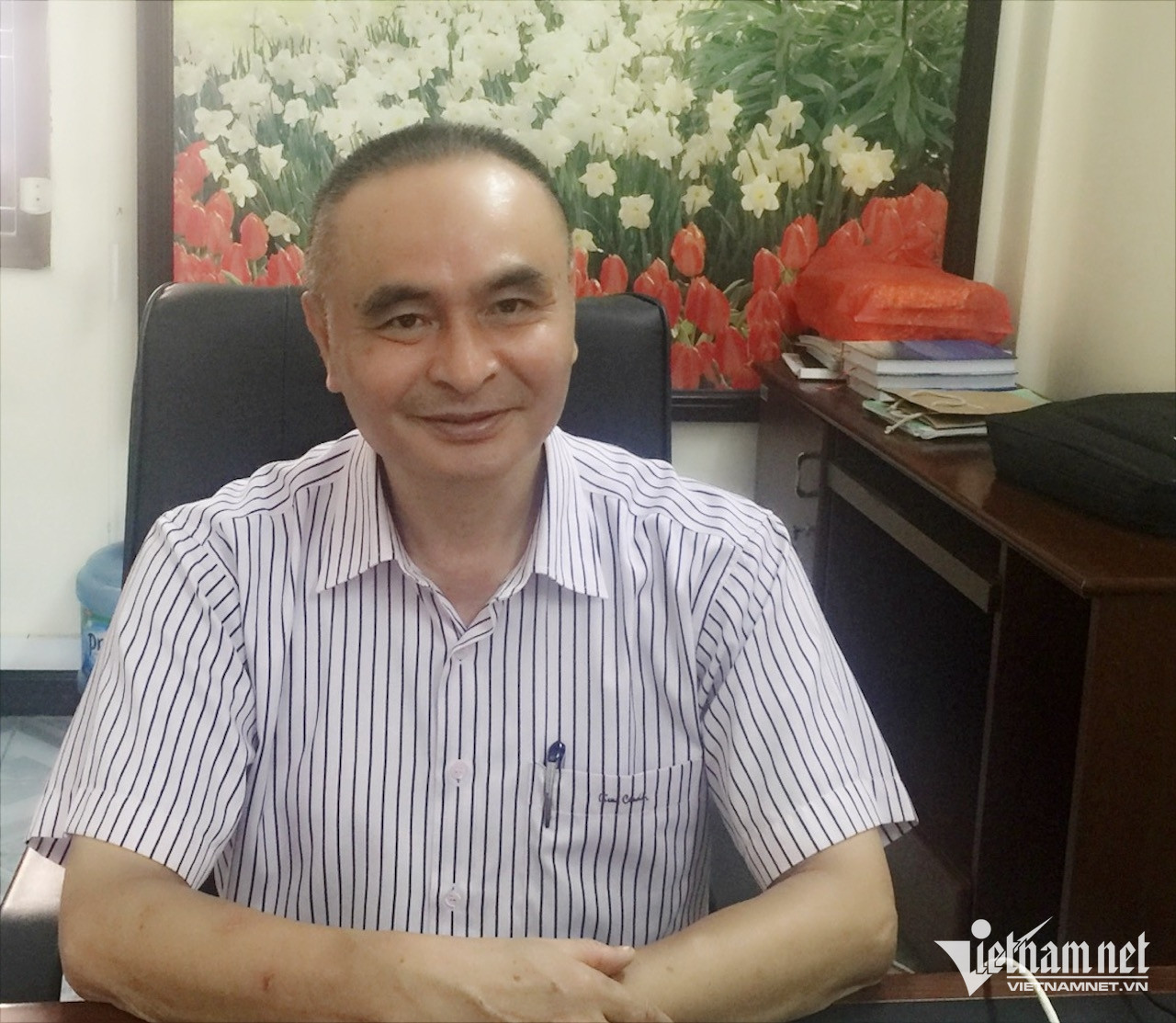
Associate Professor, Dr. Vu Thanh Ca. Photo: H. Anh
“When the river water rises during heavy rain, local flooding may occur due to rainwater flowing down from the surrounding mountainsides. The forced pumping system will actively push water from the inner city to avoid prolonged local flooding. This is a solution that can be deployed immediately and is clearly effective during extreme rain events,” he said.
At the same time, the city needs to invest in a reasonable system of sewers, ditches, and regulating lakes.
“Investing in disaster prevention is always a profitable investment, because damage caused by floods is often much greater than the cost of building a defense system,” Mr. Ca affirmed.
In addition to infrastructure investment, experts say it is necessary to raise public awareness about natural disaster prevention. People need to be clearly instructed about areas at risk of flooding, evacuation plans, and how to ensure family safety during floods.
“We can print leaflets and distribute them to each household, organize community events to let people know how to respond. This is the cheapest but most effective solution,” Mr. Ca emphasized.
He also recommended that when building houses, people should consider the possibility of flooding: build houses with high floors, design fire escapes on every floor, so that they can move safely when the water rises.
“In the recent flood, there was a case where rescuers had to break down doors to rescue trapped people – that was very dangerous and needs to be learned from this experience,” he added.
Vietnamnet.vn
Source: https://vietnamnet.vn/tran-lu-chua-tung-co-o-thai-nguyen-ung-pho-ra-sao-khi-lu-lut-tan-khoc-tai-lap-2452343.html



![[Photo] Many dykes in Bac Ninh were eroded after the circulation of storm No. 11](https://vphoto.vietnam.vn/thumb/1200x675/vietnam/resource/IMAGE/2025/10/15/1760537802647_1-7384-jpg.webp)

![[Photo] The 18th Hanoi Party Congress held a preparatory session.](https://vphoto.vietnam.vn/thumb/1200x675/vietnam/resource/IMAGE/2025/10/15/1760521600666_ndo_br_img-0801-jpg.webp)

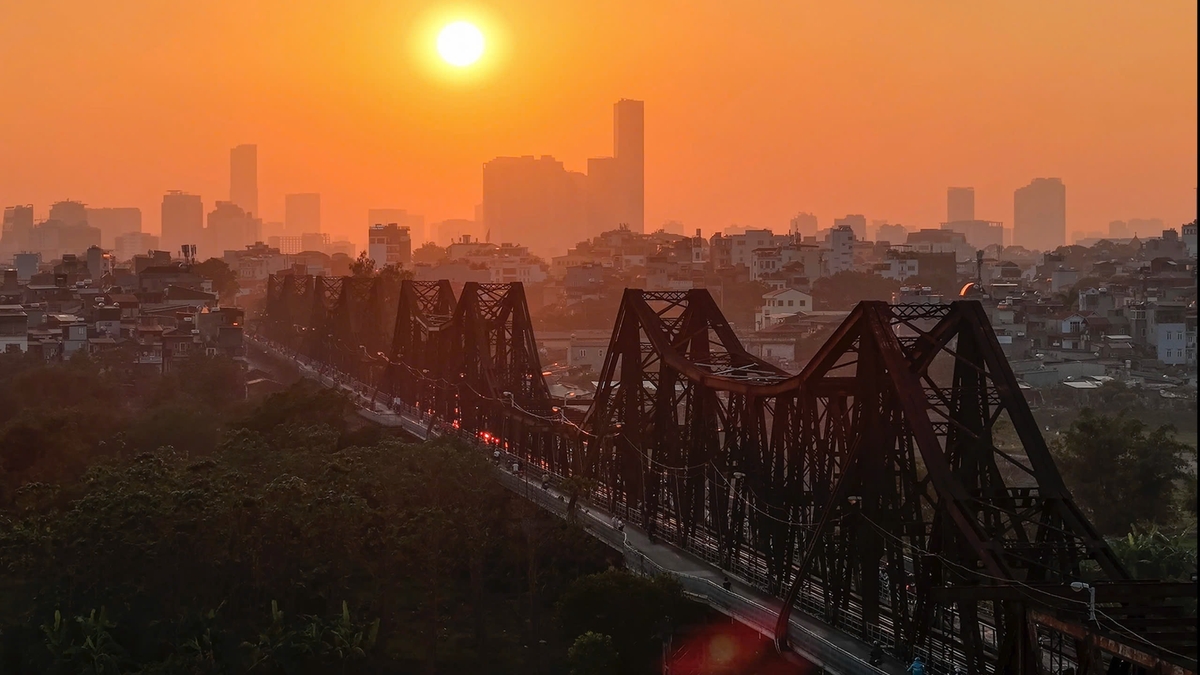
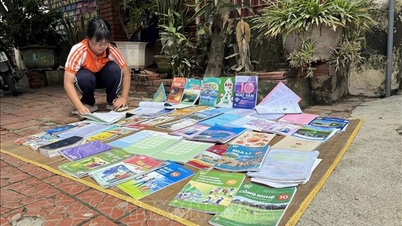

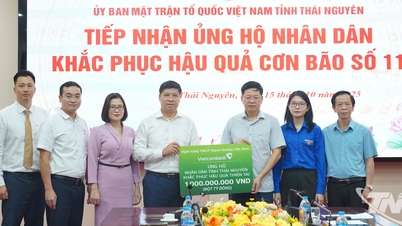

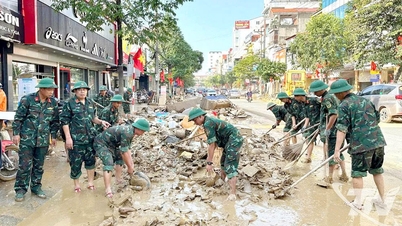
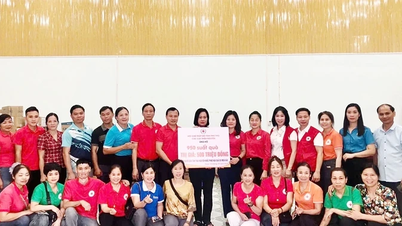

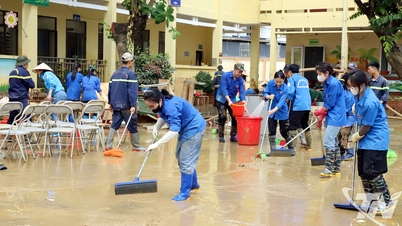
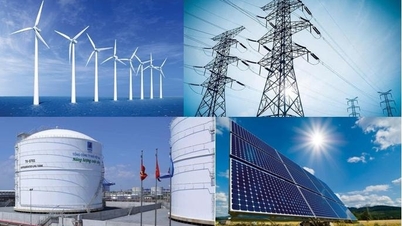

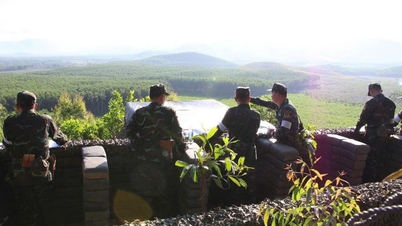
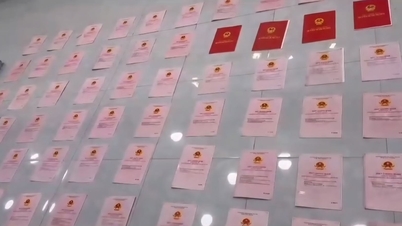






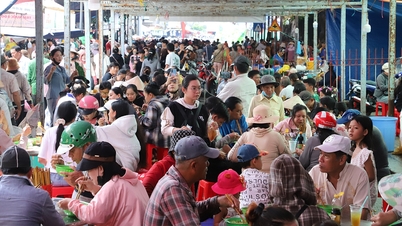

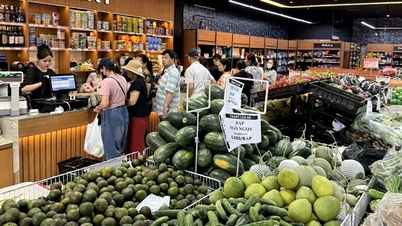
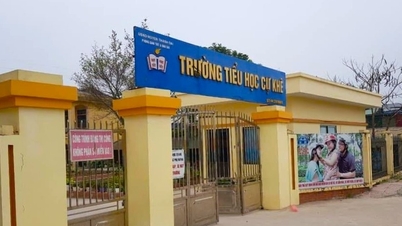



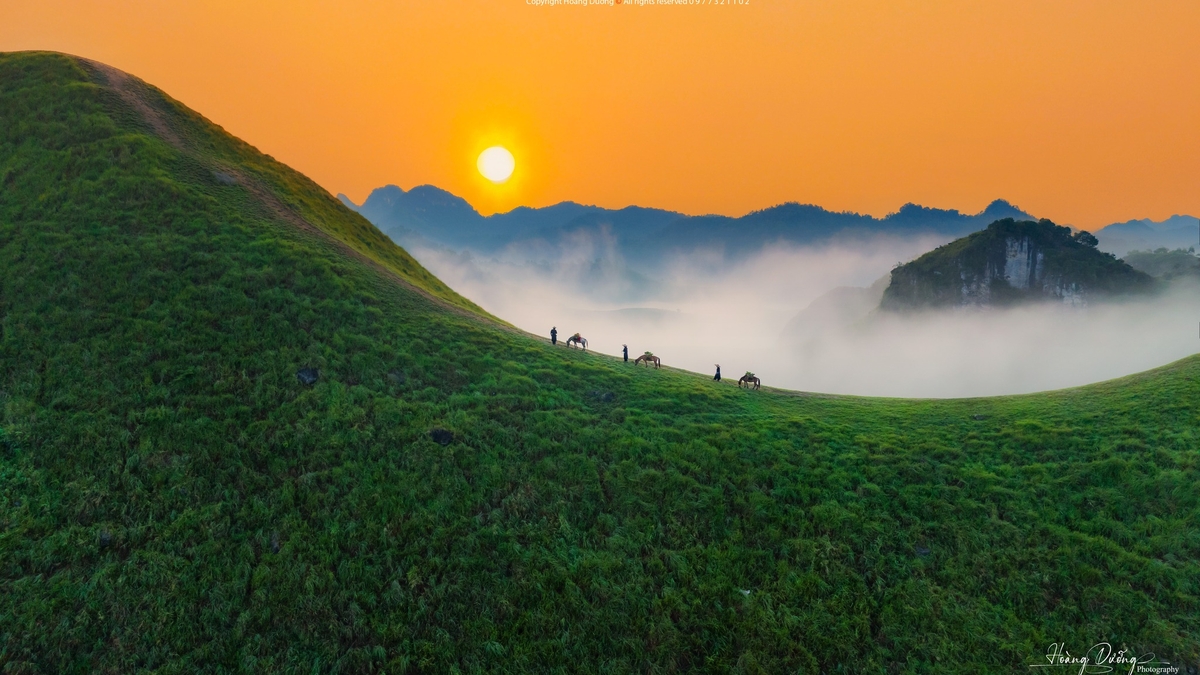


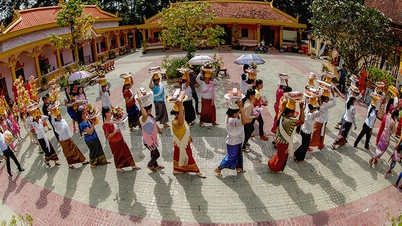

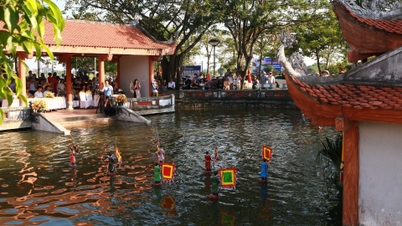








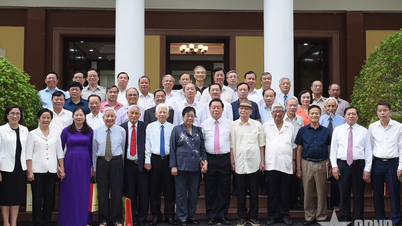













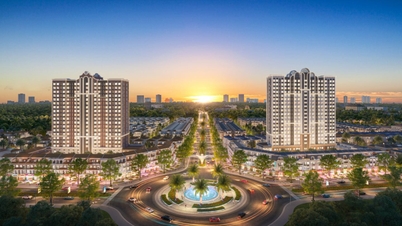







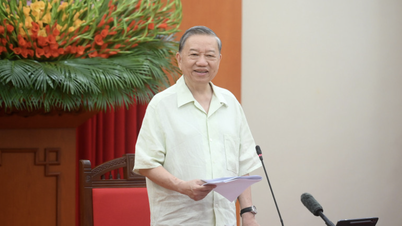

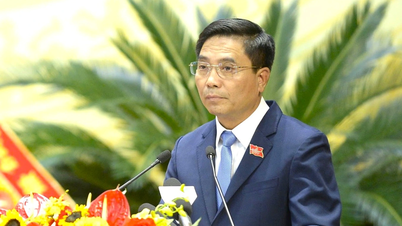
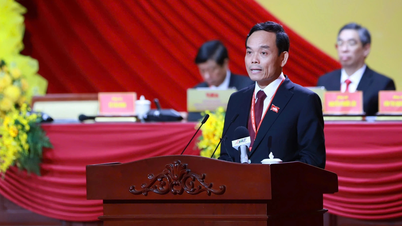





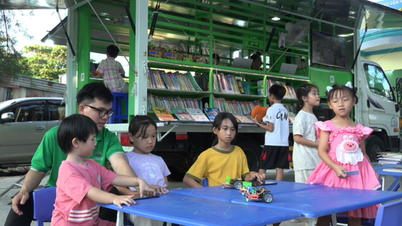







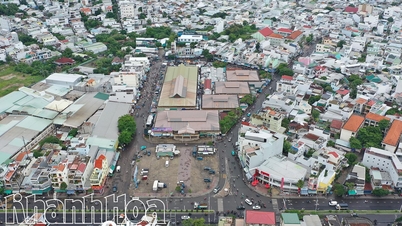
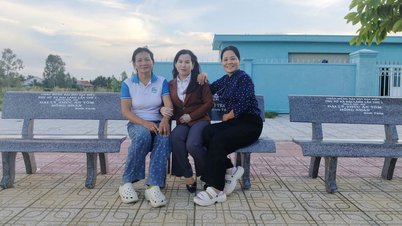
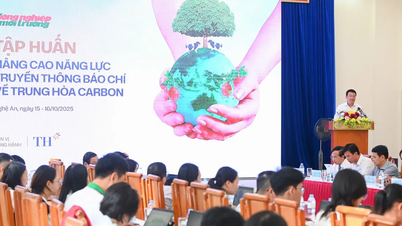




















Comment (0)